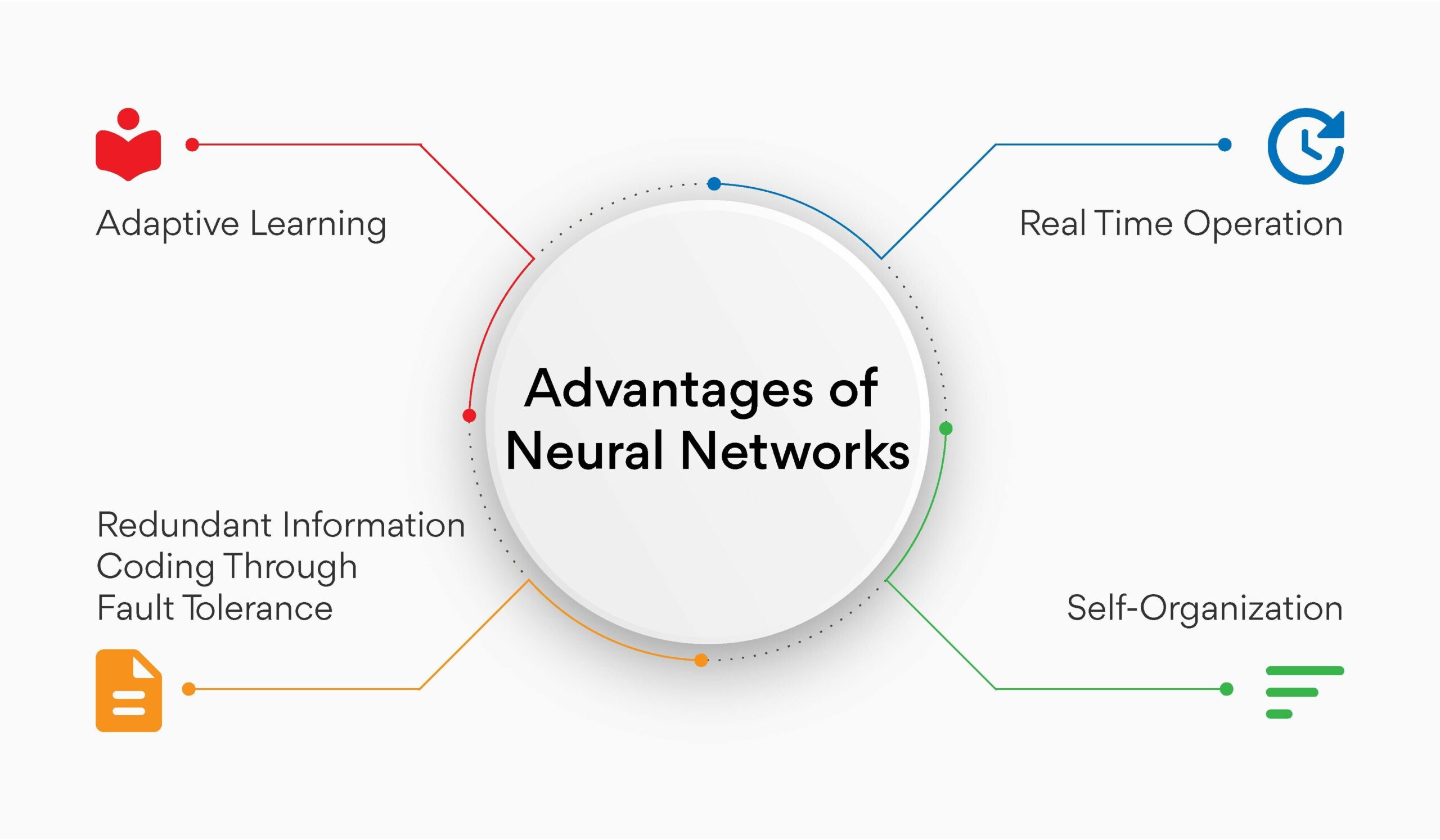Artificial neural networks (ANNs) are a type of machine learning algorithm inspired by the structure and function of the human brain. ANNs are made up of interconnected nodes, called neurons, that learn to process information by adjusting the strength of their connections. This learning process is known as supervised learning, and it involves providing the ANN with a set of labeled training data. The ANN then uses this data to learn the relationships between the input and output variables.
ANNs can be used to solve a wide variety of problems, including image recognition, natural language processing, and speech recognition. They are particularly well-suited for tasks that are difficult or impossible to solve with traditional machine-learning algorithms.
How Artificial Neural Networks Work
ANNs are made up of three main layers: the input layer, the hidden layer, and the output layer. The input layer receives the data that is to be processed, the hidden layer performs the actual processing, and the output layer produces the results.
The connections between the neurons in each layer are weighted, and the strength of these weights determines how the data is processed. The ANN learns to adjust these weights by minimizing the error between its output and the desired output. This is done using a process called backpropagation, which involves feeding the ANN’s output back into the network and adjusting the weights accordingly.
Types of Artificial Neural Networks
There are many different types of ANNs, each with its own strengths and weaknesses. Some of the most common types of ANNs include:
- Feedforward neural networks: Feedforward neural networks are the simplest type of ANN. They have a single path from the input layer to the output layer, and the data flows in a single direction. Feedforward neural networks are well-suited for tasks that can be broken down into a series of simple steps.
- Recurrent neural networks: Recurrent neural networks have connections between neurons in the same layer, as well as between neurons in different layers. This allows them to learn long-term dependencies in the data. Recurrent neural networks are well-suited for tasks that involve sequential data, such as speech recognition and natural language processing.
- Deep neural networks: Deep neural networks are a type of ANN that has multiple hidden layers. This allows them to learn more complex relationships in the data than shallow neural networks. Deep neural networks have been used to achieve state-of-the-art results on a variety of tasks, including image recognition, natural language processing, and speech recognition.
Applications of Artificial Neural Networks
ANNs have a wide range of applications, including:
- Image recognition: ANNs can be used to recognize objects in images. This has been used in a variety of applications, such as facial recognition, object detection, and medical image analysis.
- Natural language processing: ANNs can be used to process natural language, such as text and speech. This has been used in a variety of applications, such as machine translation, text classification, and question answering.
- Speech recognition: ANNs can be used to recognize speech. This has been used in a variety of applications, such as voice-activated assistants, dictation software, and call centers.
- Financial trading: ANNs can be used to predict financial markets. This has been used by investment firms to make trading decisions.
- Medical diagnosis: ANNs can be used to diagnose diseases. This has been used by doctors to make more accurate diagnoses.
Challenges of Artificial Neural Networks
ANNs are a powerful tool, but they also have some challenges. Some of the challenges of ANNs include:
- Data requirements: ANNs require a large amount of data to train. This data can be difficult to acquire, especially for new tasks.
- Overfitting: ANNs can easily overfit the training data. This means that they learn the training data too well and are unable to generalize to new data.
- Interpretability: ANNs are often difficult to interpret. This means that it can be difficult to understand how they make their decisions.
Future of Artificial Neural Networks
ANNs are a rapidly evolving field, and there is still much research to be done. However, ANNs have already made a significant impact on a variety of industries, and they are likely to continue to do so in the future.






